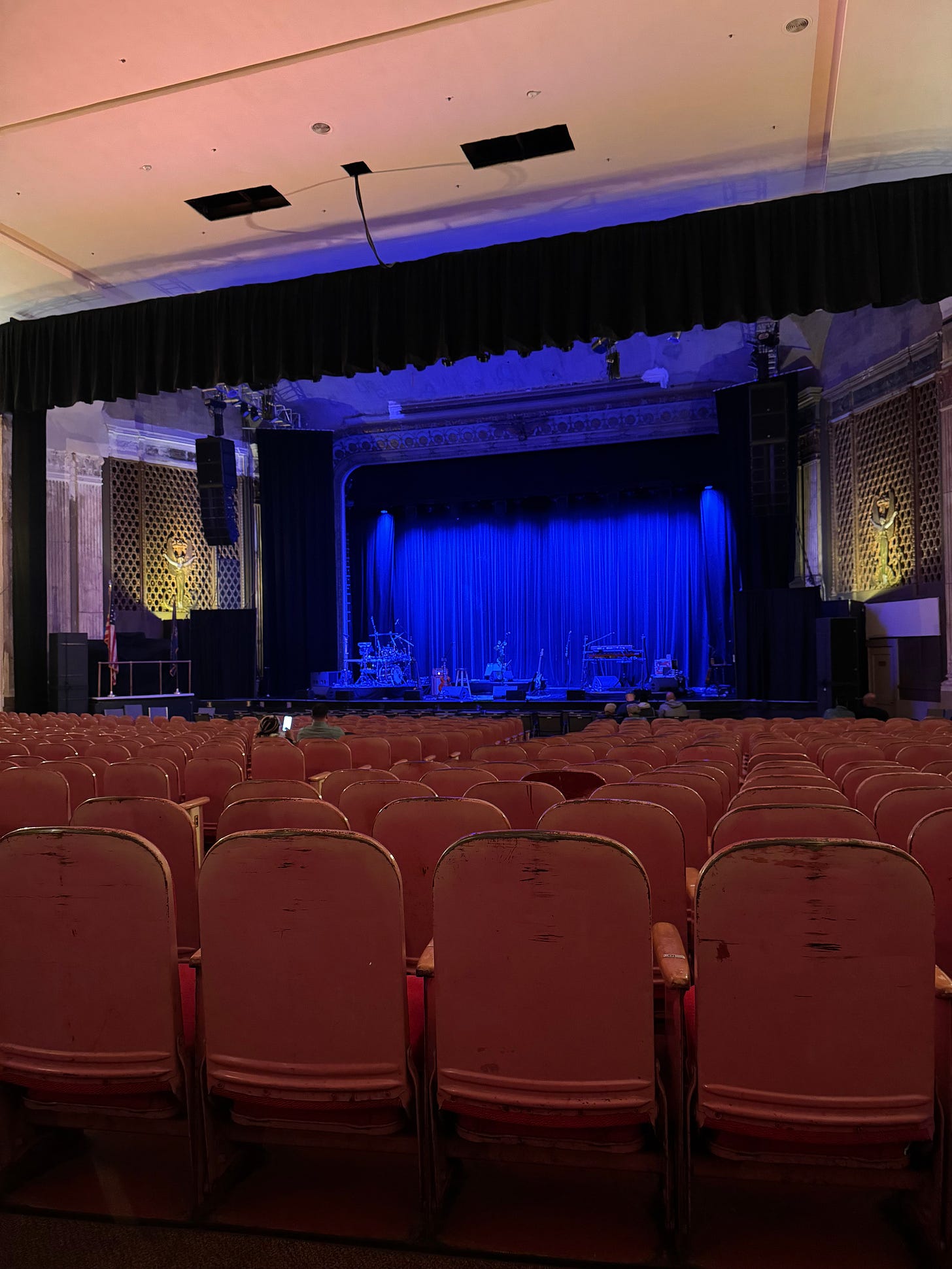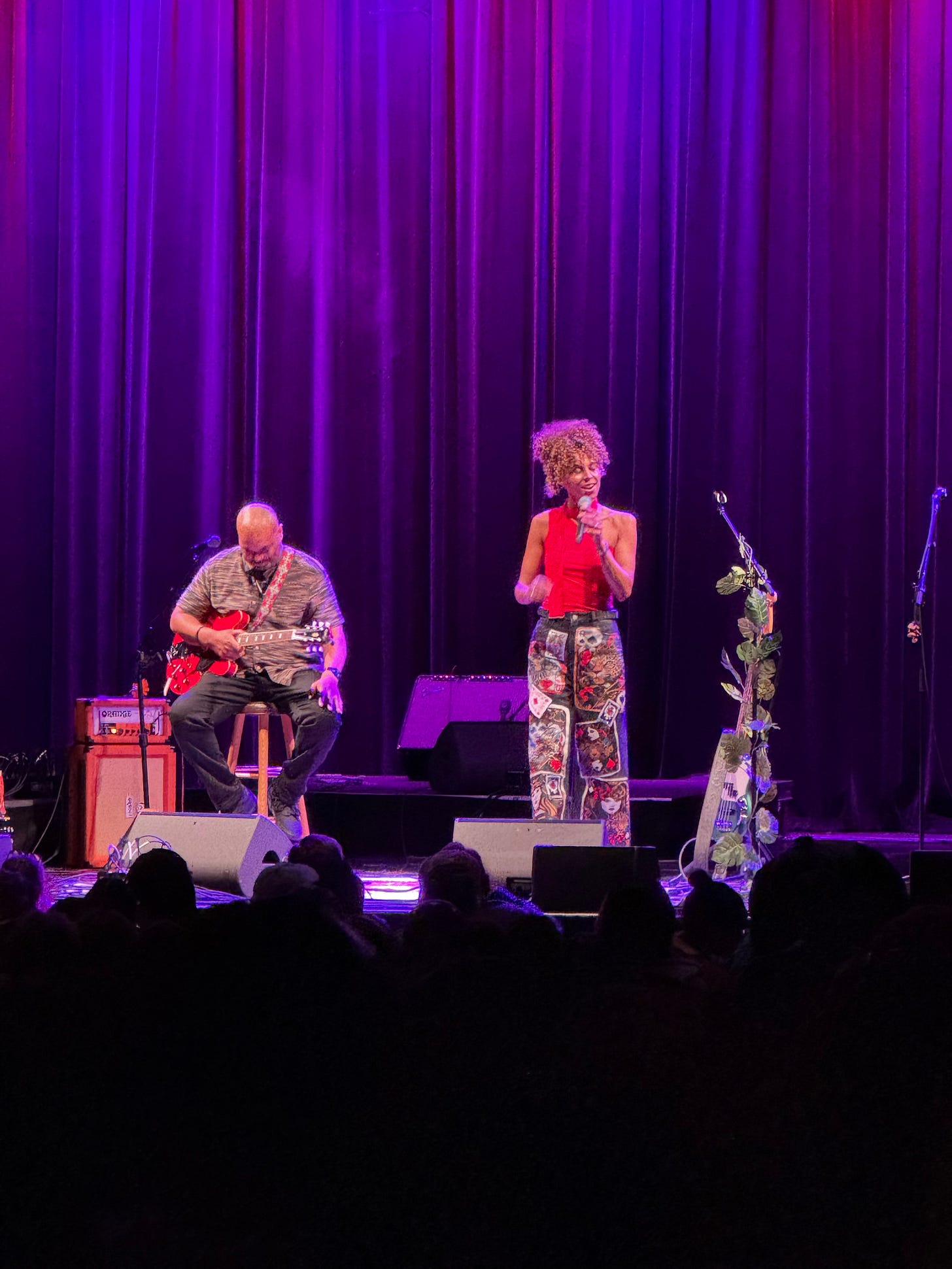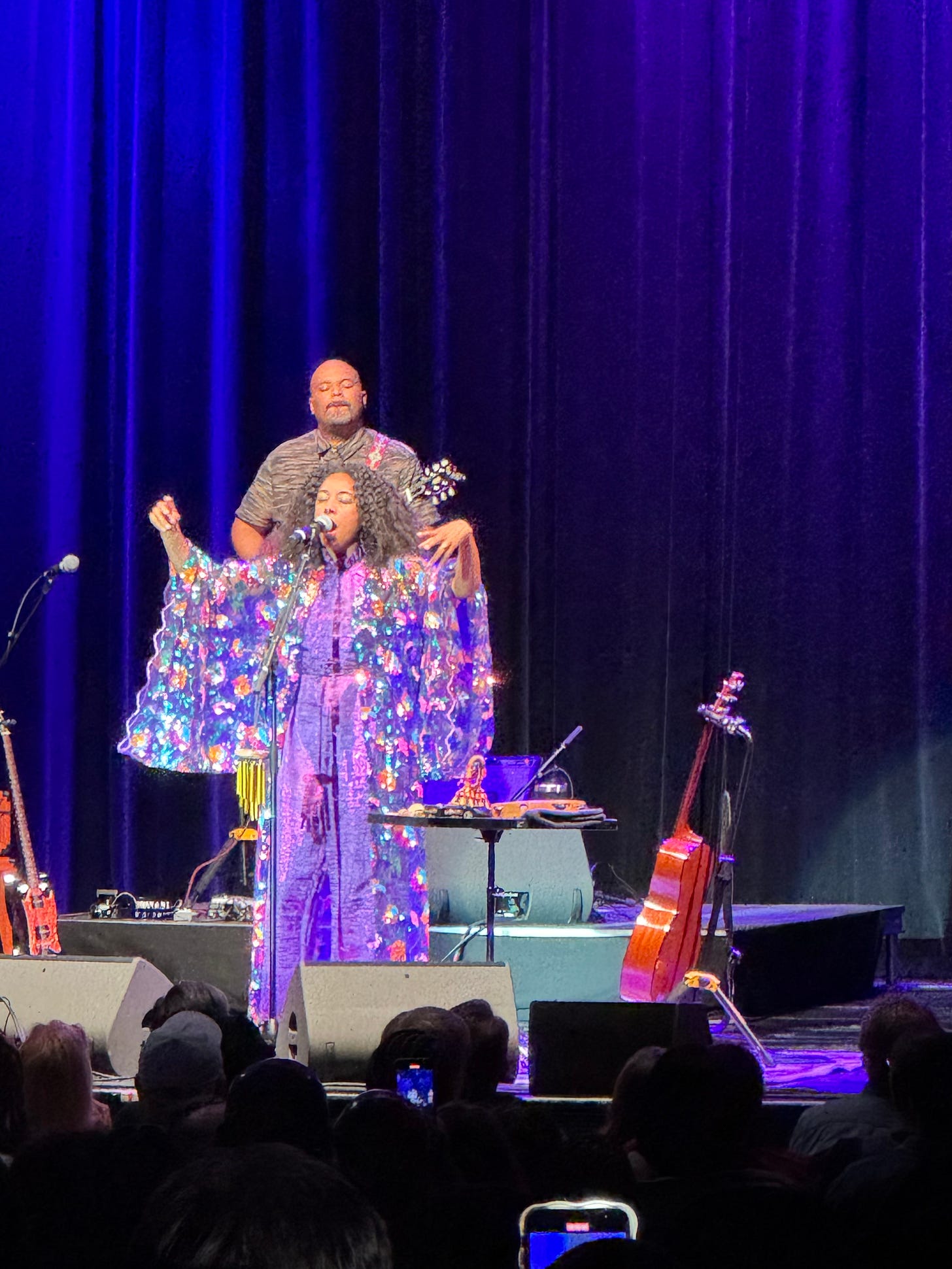It’s the end of May. Past Memorial Day, the rain has settled in like an unwelcome guest making itself way too comfortable. At 55 degrees it feels more like early spring than summer. It has been like this for weeks with the sun barely fighting back, holding the line way too politely hosting in silence. The venue is in a small town called Glenside, outside of Philadelphia, a town in a township, in a county that looks like what people think America is, or was. Small shops line the streets, people shop at Produce Junction on Saturdays and there’s a tiny college up the road that quietly expands its footprint from time to time with no discernible specialty, but enough of a presence to keep the real estate values high and the noise levels low.
A train station is a five minute walk from the venue, transporting you downtown to center city and bored kids can ride the 22 bus to the mall for Cheesecake Factory and discount Nordstroms. It is the suburbs. It is quiet but just dilapidated enough that it can’t be quaint. Gentrifiers eye it greedily, setting up beer gardens and looking around in satisfaction, their hands on their cargo-pant clad hips. They are unsettling their own, those that have moved on to the netherworld or Florida (which is basically the same thing). They are bringing back niche and indie bands, and the kind of progressivism that is both subtly suffocating and capable of rapid asphyxiation depending upon the day.
Inside the Keswick Theater is a venue of former glory. Twin staircases at a half spiral lead you up grandly carpeted staircases to the restrooms. They resemble the spartan and perfunctory powder rooms of catholic schools, with tiny worn tiles and sad stalls sitting tightly in the corner. Old photos line the walls outside and it feels like the light longs for dust mites to catch and cascade an ethereal glow.
Downstairs is dark, a bar shoved into a corner hastily, the carpet worn and a bit of glass separating you from the auditorium. You can see clear down to the stage which feels farther than it is. Old sentries stand at the ready, guiding you to thickly padded seats with chipped paint that is somewhere between pepto pink and salmon. The seats swing out in a fashion that feels like it should be a recliner but really crashes your knees forward into metal in front of you as you realize that the padding is more like an old couch, unyielding, uncomfortable, but functional.
The ceiling above is a plain unremarkable white but the ceiling above the stage has holes. There are worn bits and battle scars, missing pieces that like the singers of old are long forgotten in the rafters. Older acts play here, Spyro Gyra, the Stylistics, people past their heyday and those breaking into the business come and e
The opening act comes out. A woman, a guitar, a curly afro and a smile. She assures you that she is a member of the band and that you are in the right place. Her speaking voice sounds like Esperanza Spalding without the grandeur. It's grounding but easy. Her songs are reminiscent of 90s style Dawson's Creek music. You could easily be in the Pacific Northwest or watch a WB drama circa late 98 for the way the stories unwind. It's banal but her vocal range is robust, lifting the notes up into spaces where those old stories lay dormant, stirring memories.
She brings out a guitarist, Kyle Bolden and somewhere in the shuffle we learn her name is Alita Moses. It's still a bit of a sleepy affair. She wakes the crowd up with a cover of Des'ree singing You Gotta Be and people sing along. The she tumbles back down into the boring style and key changes that kind of condemn the set. People check their watches.
This is a completely mixed crowd. People are dressed like the Pacific Northwest and the club from Love Jones with no middle ground. Blame it on the rain. Blame it on the venue. Blame it on the fact that so many people don’t dress up anymore to make an event of anything. There's a couple one row back that's making a moment of it from the tickets to the drinks to the whole experience. Eventually they shout out a security guard and get shuffled down stage side.
When the show finally starts the setup is simple: a drummer, the guitar player, the opening acts singing backgrounds and one man on keys and bass (lending his voice as needed). Corinne saunters onto the stage with a silvery purple cape and a purple unisuit and soon ditches the cape and the pretext to deliver the music. She's faithful to the record versions keeping the arrangements familiar even as she opens the songs up to let harmonies and complex runs and melodies fill the room.
There is beauty in how she creates Yearning, in how she captures a stillness inside of her songs and presents it. People sway and swoon, letting the feelings wash over them, burrowing a little deeper into oversized leather and fleece alike. She covers Bob Marley Is This Love in a way that feels like she's introducing the words to her lover for the first time, persuasive and longing.
She talks but not incessantly so, giving some context to lesser known songs and teeing up Paris Nights/New York Mornings by explaining how music opened up her world and allowed her to travel, to see and experience more of the world. She breezes through her hits like Till it happens to You, Trouble Sleeping, Like a Star, Closer and Choux Pastry Heart. And acknowledges that so much of her musical influences are Black American music.
She is British, and so the context in which she received the music and its messages is markedly different from those living in the United States. The culture that informed the music was happening in a different geographical and historical context than that of Britain, but the story was not so dissimilar that it was dissociative. This may be why her music ignores genre, instead slipping in elements of style. You can see the funk and feeling that comes from Earth Wind & Fire in Closer, there are touches of Arthea Franklin’s Ain’t No Way in Like a Star, and then she goes complete Hendrix, pulling out a guitar and singing New York Transit Queen as she tells the story of Fashion Fair and Black women owning the style of Rock & Roll through attitude and runway pageantry.
The performance is layered but cohesive. It feels like flipping through a family photo album and remembering all of the different moments and personalities that have lived across time. She tells their stories but keeps you close, like a favorite aunt or grandma shepherding you through the sounds of the past. Perhaps a nod to vinyl, and to the days of the weather worn past, she closes with the favorite, Put Your Records On, and everyone sings along, glad to be reminded that even in the rain there’s still something to love.





Great piece. I absolutely Corrine's version of "Is This Love"—so glad she did that and you got to see it.
Omg I'm so jealous! I love Corinne Bailey Rae